Highlights:
- Researchers propose a new training-free framework named Speculative Verdict (SV) for complex visual reasoning tasks.
- SV uses small ‘draft’ models and a large ‘verdict’ model to combine efficiency with accuracy.
- The system improves performance on challenging benchmarks such as InfographicVQA and HR-Bench 4K.
- Consensus-based expert selection ensures only the best reasoning paths are used for final inference.
TLDR:
A team of researchers led by Yuhan Liu, Lianhui Qin, and Shengjie Wang introduced Speculative Verdict (SV), an innovative framework that unites lightweight and high-capacity Vision-Language Models for efficient, accurate reasoning on dense visual information tasks.
In the latest advance in computer vision research, Yuhan Liu, Lianhui Qin, and Shengjie Wang have unveiled a pioneering approach called Speculative Verdict (SV). Designed to overcome the difficulties Vision-Language Models (VLMs) face when interpreting images rich in text and complex graphical details, this method builds upon speculative decoding principles to deliver accurate results while cutting computational costs. Large VLMs often struggle to integrate dispersed information from such dense visuals, leading to inefficiencies and errors—a gap SV aims to close.
The Speculative Verdict framework divides the reasoning process into two major stages: the draft stage and the verdict stage. During the draft stage, multiple small VLMs—termed ‘draft experts’—collaboratively explore the visual content by generating diverse reasoning paths and potential cue localizations. Each draft expert makes lightweight predictions that highlight different portions of the dense visual input, such as specific labels or data points within charts and annotated graphics. Once these candidate paths are generated, the system employs a consensus expert selection mechanism, filtering for high-agreement outputs that are deemed reliable. These vetted reasoning paths are then passed to a more powerful VLM, the ‘verdict model,’ which integrates them and produces the final, confident answer.
This hybrid reasoning strategy allows SV to achieve state-of-the-art performance on several demanding benchmarks including InfographicVQA, ChartMuseum, ChartQAPro, and HR-Bench 4K. Unlike traditional approaches that rely on extensive retraining or enormous proprietary architectures, SV operates without additional training, enhancing scalability and sustainability. Moreover, its design enables both error correction—by merging complementary insights from multiple experts—and cost efficiency through selective computation. With open-source code available on GitHub, Speculative Verdict marks a significant step forward in efficient multimodal reasoning and represents a versatile tool for future AI systems handling information-dense visual data.
Source:
Source:
Original research paper: Liu, Yuhan; Qin, Lianhui; Wang, Shengjie. ‘Small Drafts, Big Verdict: Information-Intensive Visual Reasoning via Speculation.’ arXiv:2510.20812 [cs.CV], Submitted 23 Oct 2025. Available at https://arxiv.org/abs/2510.20812
